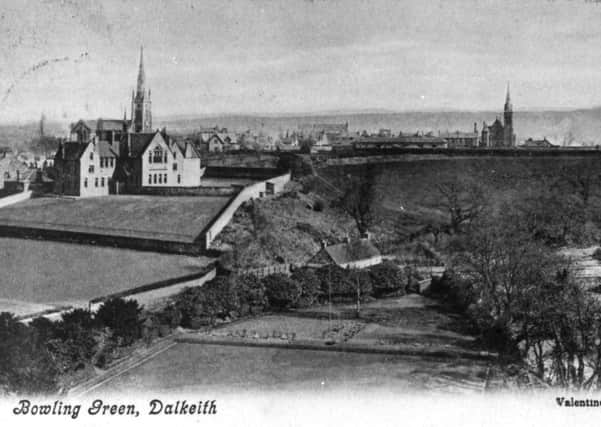Dalkeith mourns the loss of housing pioneer


Sites at Brewlands (at the Dalkeith end of Abbey Road), the Corn Exchange and Newmills were being considered for a replacement. Newmills was eventually chosen, presumably because it was close to the new houses in Woodburn, and building started in 1938.
I attended this school from 1948 until 1955 and I still say it was the best primary school in Dalkeith. When I began, the headmaster was Mr Belford, a noted exponent of Robert Burns; when he retired Wm. Thomson took over. The janitor was Mr Wilson, who was a member of the Town Council, and when he retired, Mr Wightman, who was a neighbour of ours when I lived in Gibraltar Gardens, took his place.
Advertisement
Hide AdAdvertisement
Hide AdMy P1 teacher was Miss Clapperton and my teacher from P4 to P7 was George Shiells, to whom I will always be grateful. He had served as a glider pilot in World War 2 and later became head teacher at Borthwick Primary.
The only other teacher I remember was Miss Plowman, who taught P3. She was my teacher when I got my knee stuck between the pipes in the central heating radiator. How or why I don’t remember – I must have been standing looking out of the window for it to happen – but I still have the scar to prove it!
This school was replaced in 1959 by Woodburn Primary and the building became part of the new Dalkeith High School.
Also in June, the Duke of Kent visited Newbattle Abbey, which was being considered as an adult education college. The Abbey had been donated to the nation by the Marquis of Lothian two years earlier in lieu of death duties.
Advertisement
Hide AdAdvertisement
Hide AdWhilst there, the Duke inspected “The Great Tree” in the grounds, a giant beech tree reputed to be the biggest tree in Scotland, if not in the UK. Sadly, this tree was blown down by gales in 1952 or 1953. I’m told there are still oak trees in the estate, grown from acorns gathered in Spain by one of the Lothian family after the Battle of Corunna in 1809.
The council received a letter from the Department of Health complaining about the state of the public slaughter house on Ironmills Road. “The stools used for sheep killing are encrusted with congealed blood, the bank of the Esk immediately adjoining the slaughter house is infested with rats and an old leaking barrel, used for the storage of moniplies should be scrapped, and replaced a decent galvanised container.”
It took me a while to find out the definition of moniplies – apparently they are the intestines of sheep and cattle. It must have been a fun place to work.
The same edition of the Advertiser reported the death of Mr James McDougal, the Burgh Surveyor and Sanitary Inspector, just one week after being given leave of absence due to ill health. Mr McDougal was a highly respected figure in the town, having taken up the post in 1904.
Advertisement
Hide AdAdvertisement
Hide AdDuring his term of office, he had supervised the building of the Infectious Diseases Hospital at Whitehill and the slaughter house mentioned above, and had greatly improved the town’s water supply by sinking an artesian well at Ironmills and acquiring extra supplies from Edinburgh Corporation.
He improved the drains, had the new sewage works at Newmills built and supervised the installation of the first electric street lights. In 1910 the first tarmacadam roads were laid in Dalkeith; prior to that they were just hard-packed dirt roads.
His major achievement was the improvement of housing in the town. His 1917 report on the poor state of Dalkeith’s housing led to the first council houses being built at Elmfield Park, and at the time of his death he had been responsible for supervising the building of some 600 new dwellings.
A novel entertainment took place in Bonnyrigg – a Motor Cycle Gymkhana in aid of Bonnyrigg Rose FC. The proceedings opened with an obstacle race, in which the competitors had to ride along see-saw planks, circle barrels, take a water splash, bite a treacle scone and burst a balloon. Bursting the balloon proved to be the most difficult part, and J Robertson of Edinburgh beat J Lindsay of Dalkeith into second place after an exciting race.